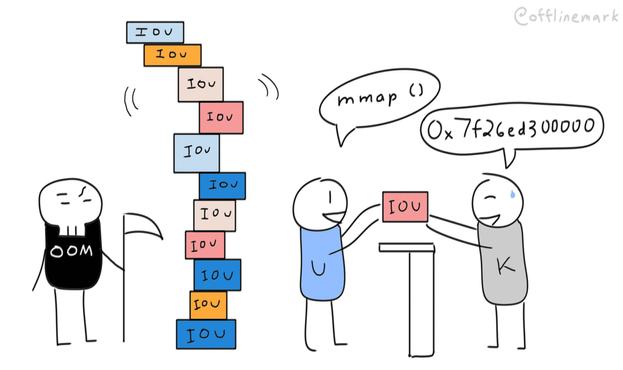2025-10-23 08:42:04
from my link log —
Advanced self-aware ed(1).
https://aartaka.me/advanc-ed.html
saved 2025-10-22 https://dotat.at/:/IPPZT.html
2025-09-25 10:43:51
Being rember twice recently that Google also has an unfair advantage to decide which app stays running and which doesn't on your phone, which is the root cause of so many notification issues if you go the non play store route for your apps.
2025-12-22 01:25:55
The offices at John Quackenbush’s lab at the Harvard T.H. Chan School of Public Health
were once full of postdoctoral fellows, graduate students, and interns.
Young scientists here worked on some of the most cutting-edge computational biology research in the world,
driving new discoveries and the creation of widely used big data tools, including one the National Cancer Institute named among the most important advances of 2024.
Today, the offices are rows of empty comp…
2025-10-16 20:25:36
Are there any admins on social.tchncs.de.? Is anonymously spreading lies about over 30 families in Gaza allowed on this instance?
This anonymous coward has been chased off of every server he’s been on and yet he’s still here, still attacking people suffering from genocide and famine.
(And yes, some folks copy posts from others. We’ve asked them not to. But they’re trying to survive genocide, not win social media awards.)
Also (see his second post) we’re not attempting to r…
2025-11-18 10:00:40
Tomorrow we have a Symposium at the Advanced Medical BIOimaging core facility #AMBIO of the @… , to celebrate our 10 year anniversary. There will be lots of great talks about microscopy stuff (single-molecule spatial omics, multi scale microscopy, light sheet,…
2025-12-05 21:12:18
Twenty-four. There are now 24 advents. All of you wiseacres suggesting I was one calendar away from an advent of advents can stuff it.
https://adrianroselli.com/2025/12/web-design-dev-advent-calendars-for-2025.html
Still not making a damn adven…
2025-10-12 08:58:46
"However, by 2015, support for independence stood at 52% among those on the left, compared with just 24% among those on the right – a difference of 28 points... In our most recent survey in 2024, those on the left were 34 points more likely than those on the right to say that Scotland should become an independent country"
#ScottishIndependence
2025-10-20 02:48:41
Ukraine sees its EU membership bid advancing before the end of this year
thanks to “creative solutions” to overcome Hungary’s opposition,
Ukrainian Deputy Prime Minister Taras Kachka told POLITICO.
EU leaders could sign off on opening as many as six negotiating “clusters”
— legal steps on the path to membership in the bloc
— in December as “political momentum” builds
and Hungarian Prime Minister Viktor Orbšn faces growing pressure to remove his veto, he sa…
2025-12-20 18:42:01
from my link log —
What they don't tell you about demand paging in school.
https://offlinemark.com/2020/10/14/demand-paging/
saved 2020-10-17 ht…
2025-10-12 03:32:44
After years of patient investment, China is on the cusp of a robotics revolution.
If embodied intelligence
— think AI-powered robots that can navigate the real world
— is the next frontier of AI, then China appears poised to dominate.
Though the United States still has distinct advantages in software, advanced AI chips and foundational research, China leads in robot hardware, deployment and policy support.
Last year, China installed nearly 300,000 robots in its fact…









